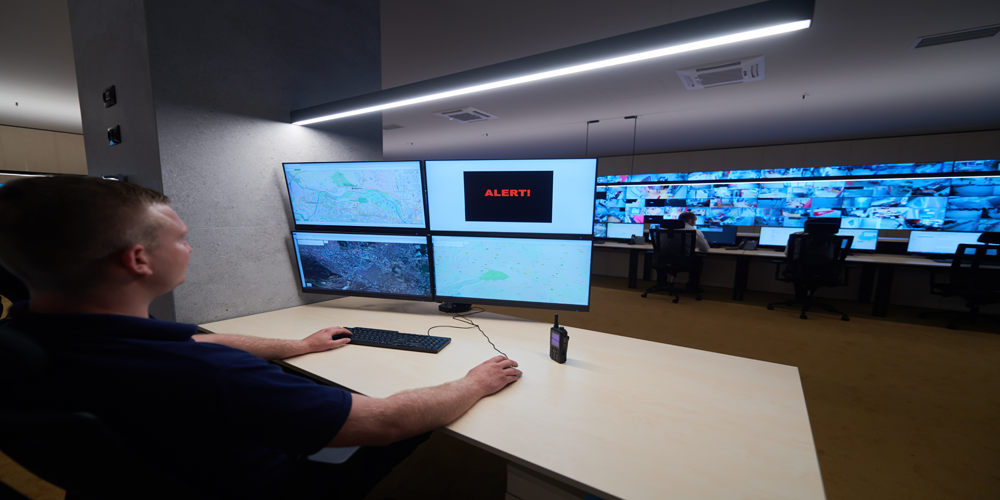
Looking at the CrowdStrike Outage
The CrowdStrike Outage Event
On July 19, 2024, a significant outage occurred, leaving millions of Microsoft Windows systems worldwide inoperable. This event was triggered by a botched software update pushed by cybersecurity firm CrowdStrike, specifically affecting their Falcon platform[1]. This flawed update resulted in the infamous “blue screen of death” for approximately 8.5 million devices[2].
The primary issue stemmed from a logic error inadvertently introduced with the channel file 291 update, which targeted named pipe execution, a process specific to Windows OS[1:1][2:1]. This configuration update was never deployed to macOS or Linux systems, thereby limiting the scope of the malfunction to Microsoft’s ecosystem. As a consequence, various sectors, including finance, healthcare, aviation, and retail, faced severe disruptions[3][4].
Financial estimates suggest that corporations, particularly Fortune 500 companies in the U.S., suffered losses amounting to $5.4 billion due to the obliteration of online banking systems and financial institutions’ functionalities[5]. The disruption not only led to delayed paychecks but also caused travelers to be stranded at airports and patients to await or miss critical medical services[6].
Upon identifying the crisis, CrowdStrike moved rapidly to rectify the situation. By 05:27 UTC on the same day, the company had rolled out a remediating update, alleviating some of the immediate disruptions[1:2]. CrowdStrike was quick to clarify that this outage was not the result of a cyberattack but rather an internal error in their software update process[3:1][4:1].
Despite these clarifications, malicious actors exploited the chaos, launching phishing efforts and distributing malware under the guise of CrowdStrike support[5:1]. To mitigate these repercussions, the United States Cybersecurity and Infrastructure Security Agency (CISA) issued warnings about heightened malicious activities related to the outage[5:2].
The outage has spurred discussions on the vulnerability of global technological infrastructures and the potential for future widespread cyberattacks. Laura DeNardis, a professor and expert in Technology, Ethics, and Society at Georgetown University, articulated that the incident underscores the need for resilient digital infrastructures[6:1]. She highlighted that even though the affected percentage of Windows devices was minuscule, the critical reliance on cybersecurity services across vital sectors amplified the outage’s impact[6:2].
Furthermore, the incident has bolstered calls for diversification in the technology market. This diversification could mitigate the systemic risk inherent in reliance on a few key service providers[6:3]. It has also sparked concerns regarding liability and accountability in digital infrastructures, brimming with complex interdependencies[6:4].
In response to the outage, CrowdStrike’s Incident Response (IR) team has outlined enhanced measures for future operations. These measures focus on more rigorous testing of updates and a robust communication strategy to manage incidents effectively[3:2]. In the wake of the outage, regulators and policymakers have spotlighted the need for comprehensive cybersecurity strategies, encompassing both malicious and non-malicious disruptions[5:3].
The impact of the CrowdStrike outage exemplifies the fundamental necessity for robust cyber defenses in an increasingly connected world, where disruptions can ripple across global systems, affecting diverse elements from financial transactions to healthcare provisions. This outage was a poignant reminder of the fragility and interdependence within the digital infrastructures that underpin modern society[6:5].
Suggested Reading:
Cited Sources:
- https://www.techtarget.com/whatis/feature/Explaining-the-largest-IT-outage-in-history-and-whats-next↩︎↩︎↩︎
- https://en.wikipedia.org/wiki/2024_CrowdStrike_incident↩︎↩︎
- https://www.crowdstrike.com/blog/falcon-update-for-windows-hosts-technical-details/↩︎↩︎↩︎
- https://www.theverge.com/24201803/crowdstrike-microsoft-it-global-outage-airlines-banking↩︎↩︎
- https://www.georgetown.edu/news/ask-a-professor-crowdstrike-outage/↩︎↩︎↩︎↩︎
- https://community.isc2.org/t5/Industry-News/ALL-THINGS-CrowdStrike-July-2024-Incident/td-p/72327↩︎↩︎↩︎↩︎↩︎↩︎